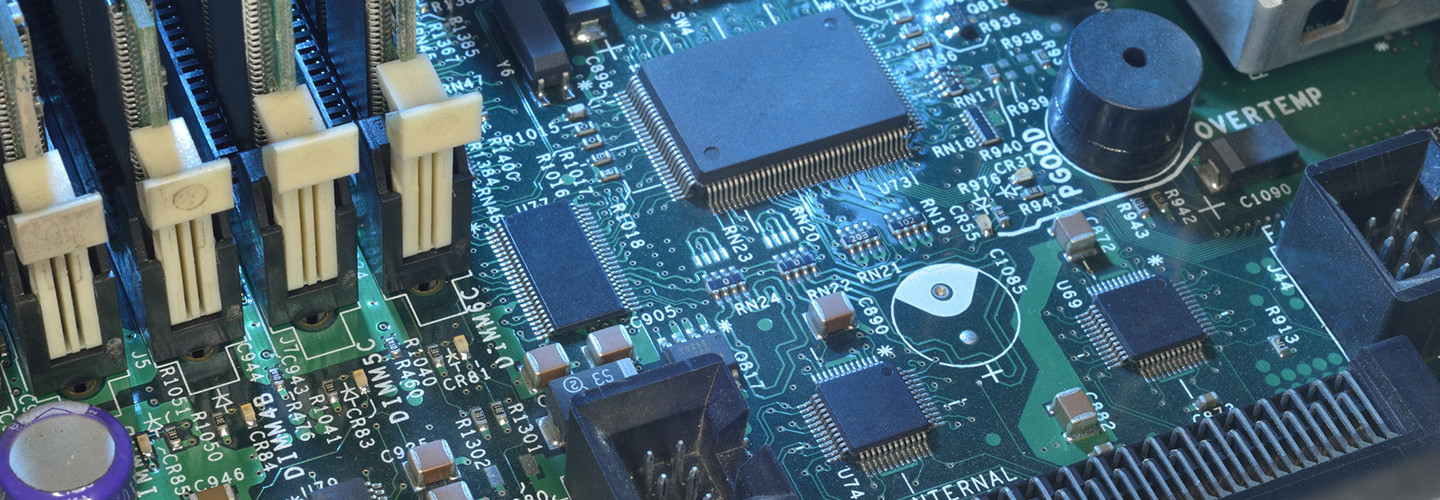IBM’s New Memory Technology Could Speed Up Smartphones, Databases
If memory — physical and virtual — is one of the technological building blocks of the modern world, IBM thinks it has found a way to build a faster, better world for business. It has come up with a new version of phase-change memory that promises to make smartphone operating systems load faster and give companies speedier access to database software.
As IDG News Service reports, PCM “is one of a handful of emerging technologies that aim to be faster than flash and less expensive than DRAM. They could give enterprises and consumers faster access to data at lower cost, but there are challenges to overcome before that happens.”
IBM is aiming to surpass one of those hurdles by cramming more data per cell of memory. The company claimed last month that it can now put three bits of data per cell (called Triple-Level Cell PCM), which, as IDG notes, is “50 percent more than the company showed off in 2011 with a two-bit form of PCM. Greater density lets IBM squeeze more capacity out of what is still a pricey technology.”
PCM functions by changing a glass-like substance from an amorphous to a crystalline form using an electrical charge, IDG notes. PCM could serve as a faster substitute than flash memory and a less expensive alternative to dynamic random-access memory (DRAM), but is still not widely used. IBM thinks PCM technology could have some clear uses for businesses.
Potential Business Applications
IBM notes that businesses have many options for memory, including the familiar DRAM, hard disk drives and flash. However, IBM argues that “in the last several years PCM has attracted the industry's attention as a potential universal memory technology based on its combination of read/write speed, endurance, non-volatility and density.” For example, IBM states that “PCM doesn't lose data when powered off, unlike DRAM, and the technology can endure at least 10 million write cycles, compared to an average flash USB stick, which tops out at 3,000 write cycles.”
The new variant of PCM should help companies deal with the growing amount of data from mobile devices and generated by the Internet of Things that needs to be stored, according to IBM.
What will businesses be able to do with PCM? IBM thinks there will be stand-alone PCM as well as hybrid applications, which combine PCM and flash memory, with PCM as an extremely fast cache.
A smartphone operating system could be stored in PCM, for example, which could let the phone launch in a few seconds. That could make users more productive as their phones become more responsive.
Meanwhile, IBM notes that entire databases could be stored in PCM, which will enable much faster query processing for time-critical online applications, such as financial transactions.
Additionally, IBM thinks businesses that take advantage of cloud-based machine learning algorithms that use large data sets will also see speed and performance boosts. PCM could help power the data centers of the future.
What Happens Next in Memory?
As CNET reports, Intel, Samsung, SK Hynix and other companies have pushed to commercialize PCM, but it has been on a small scale. The new breakthrough could spur new commercial products.
For now, as CNET reports, most smartphones and notebooks still use fast but expensive DRAM or slower but cheap flash, and hard drives are still common on many desktop PCs and notebooks. Flash is also popular in tablets, such as Apple’s iPad. Most devices use DRAM as active memory while devices are running, with flash used to store data long-term (when devices are on or off).
PCM promises to bridge the gap between DRAM and flash. Mashable reports:
“PCM is especially attractive to tech companies because it's a memory technology that appears to share the best qualities of DRAM and Flash memory, while avoiding their significant deficits. Unlike Flash, PCM doesn't need a separate step to switch information from, say, a 1 to a 0 (if we're talking basic bits) and it's nonvolatile, meaning that, unlike RAM, it doesn't need a power supply to retain information.” An IBM Research spokesperson told Mashable that the firm is now looking for a licensing partner. "The technology challenges are all finally addressed. Of course, new challenges may arise during mass production, but those aren't expected to be significant.”
Assuming IBM can license the technology “in a relatively short time frame,” the new PCM technology could be available as early as next year; whether for enterprise applications or for the consumer market will depend on the partner.








